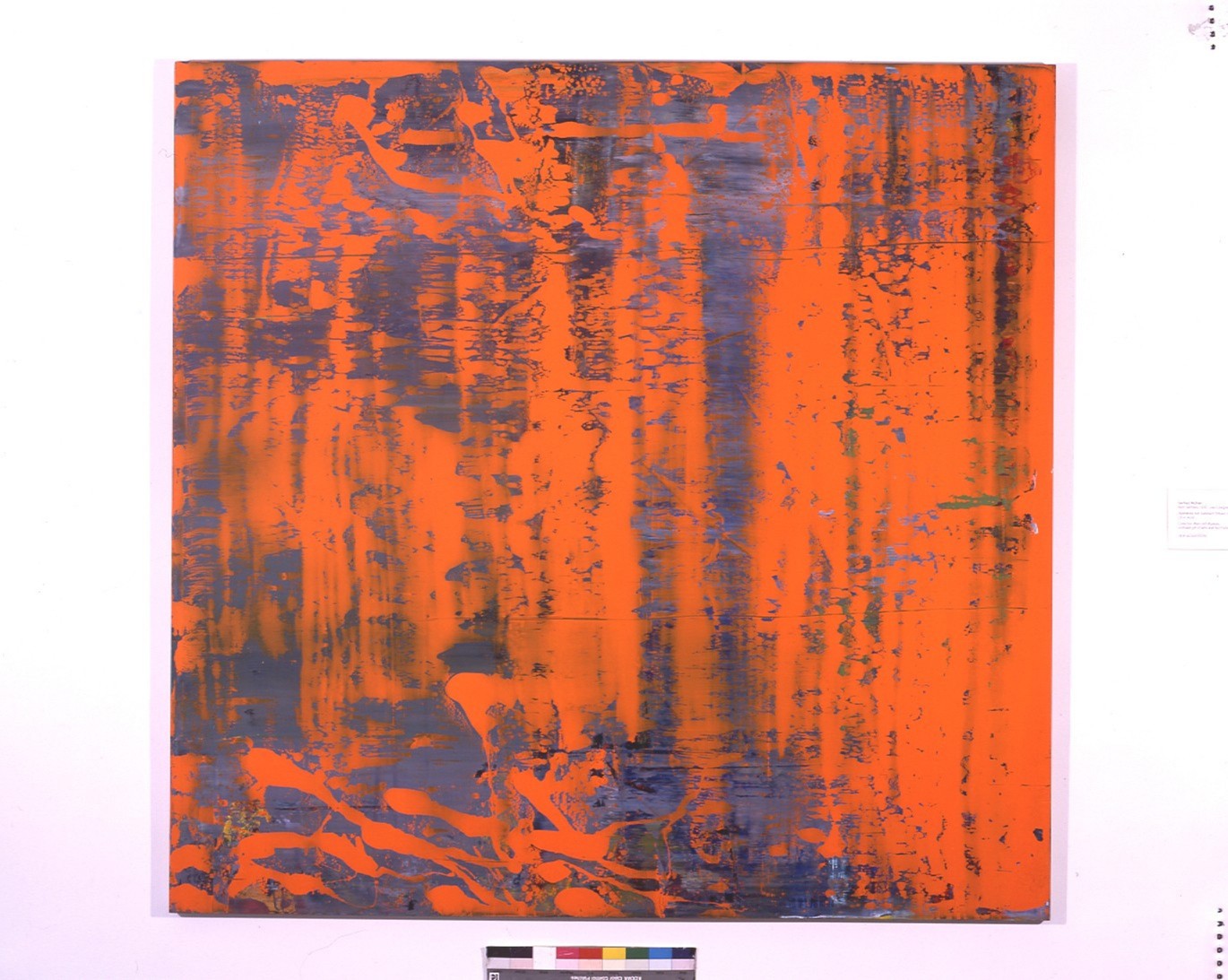Posted by Schwartz Media Strategies, a Miami Public Relations Firm
Much has been reported on Miami Art Museum’s new Herzog & de Meuron-designed building in Museum Park. While the debut of that landmark structure is still a few years away, MAM’s curatorial staff is busy preparing for its new digs. In fact, the design and construction of the building is only one part of the equation. Much of the prep work in the run up to the new building will center around programming and gallery composition — ensuring the museum is ready to occupy its new home when the time comes. MAM’s newest exhibit, Between Here and There: Modern and Contemporary Art from the Permanent Collection, is one of the first steps in that process.
Think of this show as a massive laboratory in which MAM is experimenting with how different works interact with each other and how the public will experience the collection once the new building opens. Museum-goers will find a collection of works that reflects Miami’s youth as a city and its place as an international crossroads. Tom Austin reviews Between Here and There: Modern and Contemporary Art from the Permanent Collection in Sunday’s Miami Herald.
New show highlights works from MAM’s permanent collection

At van der Marck’s request, Pozzi did four color field paintings in assorted primary colors, Dutch and clean in effect and now a centerpiece of the exhibition’s Art-Making section, which focuses on the creative process.
The show’s more than 80 pieces are broken down into four other rather fluid gestalts: The Unconscious, spanning Carl Jung’s “collective unconscious” and the march of Surrealism; Reason, embracing the Bauhaus and the revolution of Minimalism; Experience, art that moves beyond the static to inter-action; Everyday Life, art that wallows in the sheer ordinariness of life.
Between Here and There consumes MAM’s upstairs galleries. Immediately to the right, off the stairs, is the Anchor Gallery, intended to feature large-scale installations that will change on occasion. For round one, MAM’s Collector’s Council purchased the prototype for Tomas Saraceno’s Galaxies Forming Along Filaments, Like Droplets Along the Strands of a Spider’s Web.
Saraceno, Argentina’s representative at 2009’s Venice Biennale, debuted the piece there. The installation consists of a series of ropes leading to an embryo-shaped pod of ropes suspended in the middle of the room. It explores life, cellular theory and all that jazz — and makes a fantastic high-end playground for kids.
The next two gallery rooms contain The Unconscious portion of the show. Jane and Gerald Katcher gave Francesco Clemente’s dreamy painting Numbers, while Sanford Rubenstein donated several totemic Edouard Duval Carrié sculptures, The Vaudou Parthenum series. The section’s standouts include Philippe Halsman’s Dali Atomicus (donated by Charles Cowles) and Anna Gaskell’s unsettling photograph Untitled No. 23 (Override), a gift of MAM supporters Dennis and Debra Scholl. In the image, candy striper/girl scouts/general sweet young things drag their girlfriend into the woods to confront, no doubt, some unwholesome destiny.
The Art-Making section contains a seminal Marcel Duchamp piece. In memory of Jon Ashton, Lang Baumgarten, Mimi Floback and Sally Ashton Story put up the necessary funds for Duchamp’s suitcase-size box with replicas of his work, including the signature upturned urinal. In the end, artists and worker drones, we’re all just traveling salesmen. Another beauty in this section is Gerhard Richter’s Abstract Picture [742-4], his version of Jackson Pollack’s “drip paintings,” donated by Mimi and Bud Floback in honor of former MAM director Suzanne Delehanty.
In a side room is the Focus Gallery, intended for small rotating exhibitions: the first is an exploration of modernism’s pioneers, from Joseph Albers to Wifredo Lam.
Everyday Life features A Logo for America, five Alfredo Jaar photographs of the artist’s Jenny-Holzeresque LED manifestos on Times Square. The photos were donated by Luis Calzadilla. Experience entails a wonderful Ann Hamilton installation, the capacity of absorption, 1988/96, another gift of Mimi Floback, this one incorporating copper pipes, glasses, magnets, an old-fashioned microphone and pure genius. Tiny magnets make water spin around wall-mounted glasses, with viewers able to calm the motion by speaking loudly into the microphone. If only shutting down agitation in ordinary life were that easy.
At times, Between Here and There is a hit-and-miss proposition, drawing from a rather thin permanent collection, but it’s a start, and the museum hopes that the planned completion of Herzog & de Meuron’s Museum Park in 2013 will open up the hearts — and wallets — of local collectors.
The donated pieces destined for future shows cover a lot of terrain. Delehanty, in conjunction with Jose W. Perez, gave Ed Ruscha’s 1968 book Nine Swimming Pools and a Broken Glass in honor of Rebecca Cohen, formerly with MAM’s development office. The late interior designer and social legend Ton Luyk donated an inflatable sculpture by Robert Chambers. And art consultant Manuel Gonzalez has given a Lyle Ashton Harris portrait in honor of art critics Helen Kohen and Paula Harper.
Several prominent local collectors aren’t represented in this show. Much of the great contemporary art in Miami is in “private” museums, rather than public museums. But in a city given to spending public money on gargantuan performing arts centers, baseball stadiums and maybe even grotesque stadium roofs for the already well-gilded, Museum Park may be a reasonable enough proposition — and smart in the bargain.







 See More Blogs
See More Blogs
Comments